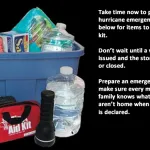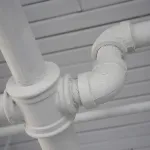Properties used to produce meth will usually be found in a lab-like setting with containers of chemicals, heat sources, and various types of lab equipment. After a lab is discovered by law enforcement, the bulk of any lab-related debris such as chemicals and containers, is removed. However, it is possible that a considerable amount of contamination is left on surfaces and in absorbent materials like carpets, furniture, sinks, drains and ventilation systems. Though found in small amounts, meth lab contaminants may pose health threats to persons exposed to them. Many of the contaminants present during meth's cooking process can be harmful if someone is exposed to them. These contaminants can cause health problems including respiratory (breathing) problems, skin and eye irritation, headaches, nausea, vomiting and dizziness. Acute (short-term) exposures to high concentrations of some of these chemicals, like those law enforcement officers face when they first enter a lab, can cause severe health problems including lung damage and burns to different parts of the body. Exposure to meth residue can cause symptoms similar to those experienced by meth users.
The safest way to clean up a former meth lab is to hire companies trained in hazardous substance removal and clean-up of both the structure and its contents. FireStar technicians are fully certified in this area of expertise. Owners who clean their own properties should be aware that household building materials and furniture can absorb contaminants and give off fumes. Use caution and wear clothing to protect your skin and mucus membranes, such as gloves, long sleeves, respiratory masks and eye protection during cleaning.



